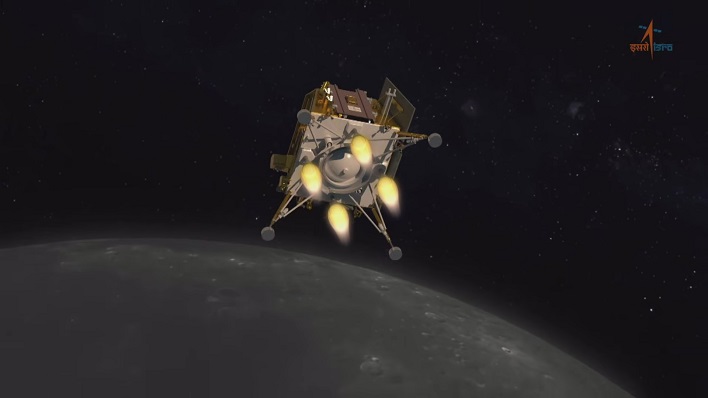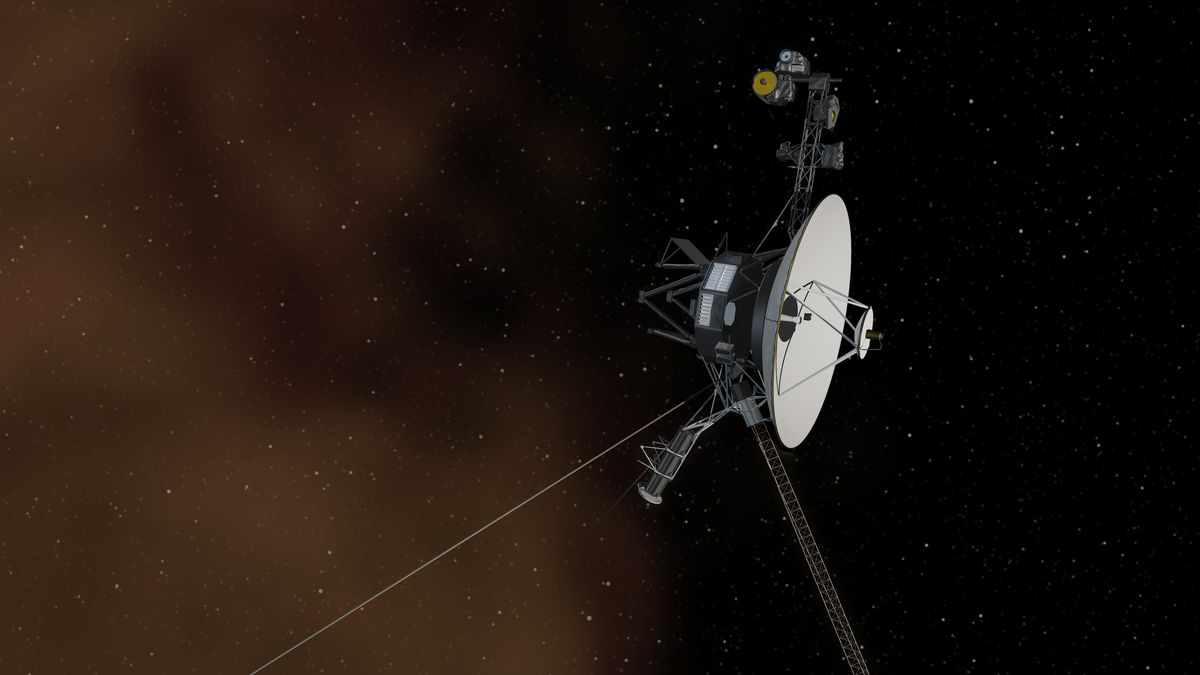cheapchips
Veteran
I am braced!
(Is there a tldw so I don't contaminate my YouTube history?)
(Is there a tldw so I don't contaminate my YouTube history?)
Follow along with the video below to see how to install our site as a web app on your home screen.
Note: This feature may not be available in some browsers.
Very interesting, but the image is clickbait. It doesn't "prove God".

Pretty sure it was actually special military operation to denazify moon (everyone knows they live on the dark side of the moon), but this was as close as vatnik accuracy gets them.Special landing operation went exactly as planned

Chandrayaan-3 launched on July 14, 2023, from the Satish Dhawan Space Centre in Sriharikota, India. The mission comprises a lunar lander, a propulsion module, and a rover. On August 23, 2023, India became only the fourth country in the world to successfully land on the lunar surface, following the United States, Russia, and China. However, ISRO has reported that it has been unable to establish communication with the Vikram lander and Pragyan rover during a wake-up call on September 22, 2023.
ISRO tweeted that no signals have been received from Vikram and Pragyan, but efforts were still underway to try and reestablish communication with them.

Nasa astronaut Frank Rubio has just returned from a record-breaking 371 days in space onboard the ISS, but the trip may have altered his muscles, brain and even the bacteria living in his gut.
...
It is information that will prove vital as humans set their sights on sending crews on missions to explore deeper into the Solar System. A return journey to Mars, for example, is expected to take around 1,100 days (just over three years) under current plans. The spacecraft they will travel in will be far smaller than the ISS, meaning smaller lightweight exercise devices will be needed.

About 46 years after NASA's Voyager 1 and Voyager 2 launched on an epic journey to explore space, the probes’ antique hardware continues to receive tweaks from afar.
One update, a software fix, ought to tend to the corrupted data that Voyager 1 began transmitting last year, and another set aims to prevent gunk from building up in both spacecraft's thrusters. Together, these updates intend to keep the spacecraft in contact with Earth for as long as possible.
"This far into the mission, the engineering team is being faced with a lot of challenges for which we just don’t have a playbook," Linda Spilker, project scientist for the mission at NASA's Jet Propulsion Laboratory, said in a statement. "But they continue to come up with creative solutions."


Some might even call it incredibly irresponsible & unreasonably dangerous to be blowing up such big stuff at those kinds of altitude & speeds.
I assumed not. Or at least nothing would stay in a meaningful orbit for very long. Am I wrong there?
Confirmation of ancient lake on Mars builds excitement for Perseverance rover's samples
Findings reveal eons of environmental changes and offer hope that the rover's soil and rock samples hold traces of life
